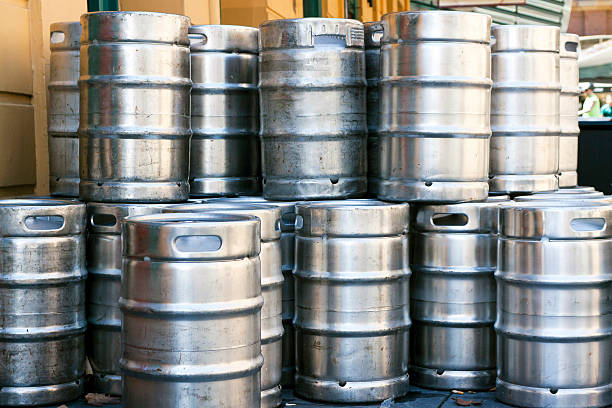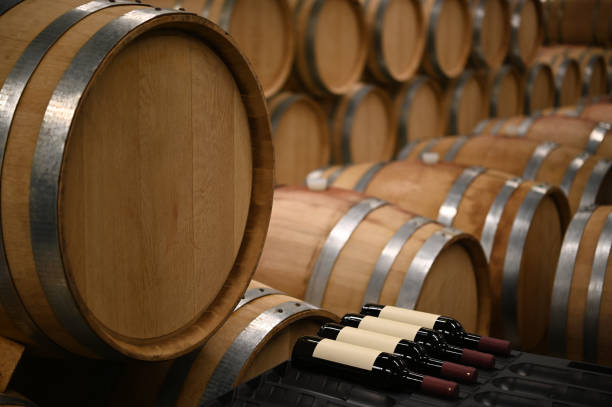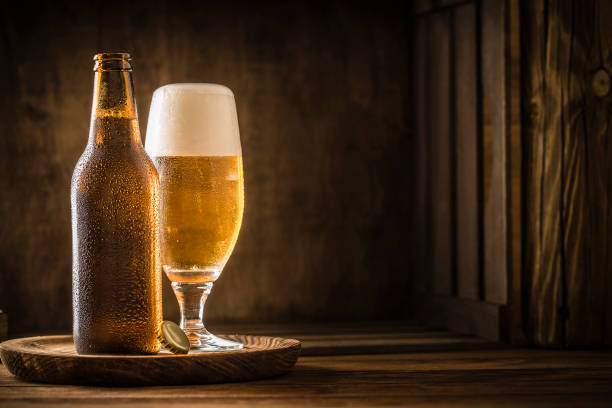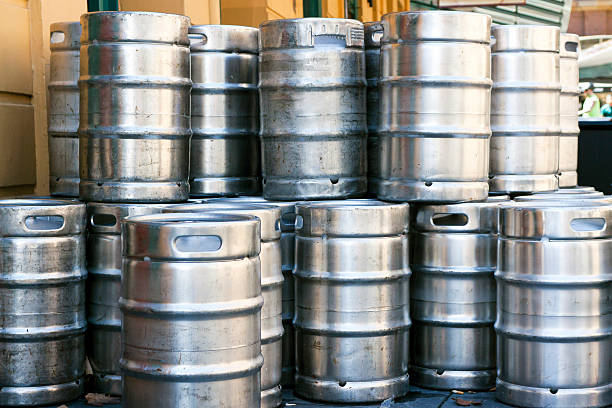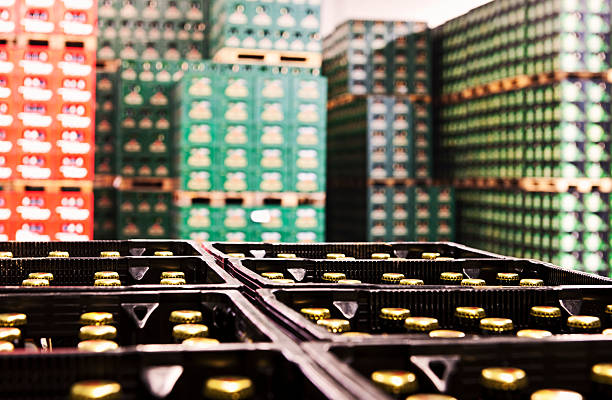When discussing the difference between a bomber and a regular beer bottle, one is primarily distinguishing based on size and intended use. A regular beer bottle typically holds 12 ounces (355 milliliters) of liquid, making it the standard serving size for beer consumption. These bottles are designed for individual enjoyment, allowing for easy storage, distribution, and sale in multipacks.
On the other hand, a bomber bottle is larger, usually containing 22 ounces (650 milliliters) of beer. The term “bomber” reflects not just the bottle’s increased capacity but also its traditional role in sharing and special releases. Bombers are often used by breweries to package limited edition, specialty, or high-gravity beers. Their size makes them ideal for sharing between two people, and they tend to foster a communal drinking experience. Bombers also serve as a canvas for breweries to showcase label art and provide more detailed information about the beer inside.
While both bottle types are made from glass and sealed to preserve the beer’s freshness, the choice between using a regular beer bottle and a bomber often comes down to the brewery’s marketing strategy, the beer’s style, and the intended drinking occasion.
Understand About Regular Beer Bottles
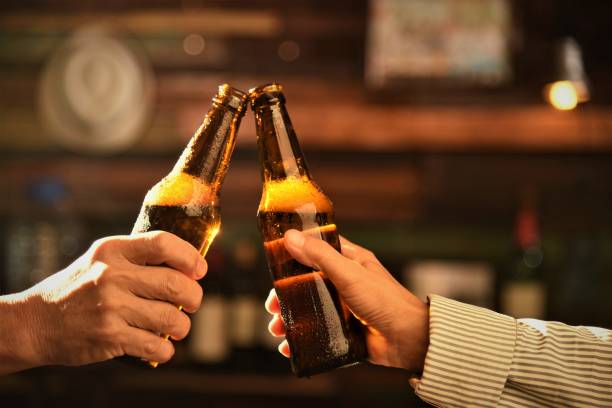
Understand About Regular Beer Bottles
Regular Beer bottles are designed as containers for beer, commonly made of glass in brown or green colors to reduce spoilage from light, especially ultraviolet. The bottling process involves filling the bottle with beer, capping it, labeling, and packing it into cases.
Different types of beer bottles include longneck, heritage, swing top, steinie, Belgian, and screw top bottles. Brown beer bottles are preferred for their ability to block UV light that can affect the taste of beer. Factors to consider when choosing a beer bottle include capacity, branding needs, sealing mechanism, bottle grip, reusability, and budget.
Additionally, beer packaging includes various sizes and styles such as pony bottles (7oz), 12oz longneck bottles, Belgian bottles in 375mL or 750mL formats, British & European bottles in 330mL and 500mL formats, bombers (22-ounce), swing top bottles with airtight seals, quart (32-ounce) bottles, and forty (40-ounce) bottles.
Understand About Bomber Beer Bottles
Bomber beer bottles are larger bottles, traditionally 22 fl. oz., used for craft beer packaging. They are known for containing more beer than the standard 12 oz. bottle, making them ideal for sharing among individuals or at restaurants. Craft beer aficionados appreciate bombers for their association with rare craft offerings, especially high-ABV and barrel-aged beers. However, some critics argue that bombers can be impractical due to the excessive quantity of beer in one bottle, leading to preferences for smaller packaging sizes like 12 oz. bottles or cans. The trend in the craft beer industry is shifting towards smaller bottles, like 12 oz., to meet consumer demand and enhance sharing opportunities. Breweries are adapting to this change by offering limited releases in both bombers and 4-packs of 12 oz. bottles to cater to varying consumer preferences.
Difference Between Bomber and Regular Beer Bottles
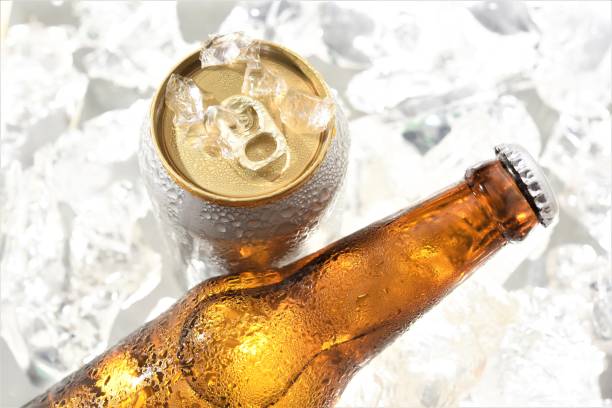
Difference Between Bomber and Regular Beer Bottles
Size and Capacity
The most obvious difference is in the size and capacity of bomber versus regular beer bottles. A bomber bottle typically holds 22 ounces (650 mL) of beer, nearly double the 12 ounce (355 mL) capacity of a standard bottle.
The term “bomber” originally comes from the resemblance to a small aerial bomb when the bottles were laid on their sides and stacked. Now it’s used broadly for any oversized, 22 ounce beer bottle. Bombers can range from 22 ounces up to a full liter (33.8 ounces) in some cases.
On the flip side, while 12 ounces is standard, some regular beer bottles may contain as little as 11 or as much as 16 ounces. Occasionally a higher alcohol beer may come in a 12 ounce bottle as well. But in general, regular beer bottles max out at the typical 12 ounce size.
Shape and Design
In addition to their smaller size, regular beer bottles feature a classic longneck tapered shape. This signature look with sloped shoulders and straight sides is used for bottles and glass beer growlers as well. The iconic, highly recognizable form factors in well with most beer styles and brands.
Bomber bottles exhibit far more variety in shape and design elements. Many mimick wine bottle styling with broader, rounded shoulders and a wider base. Others have completely unique shapes with distinctive punts, curves, and embossing. These bolder bottle forms stand out on retail shelves and help craft breweries define their brand image.
The different shapes also influence the pouring and drinking experience. Bomber bottles tend to have a lower center of gravity for stability. Their wider mouth creates a smooth pour. And some benefit from an ergonomic shape that’s easy to grip. So bomber bottles can provide a more sophisticated, refined drinking experience.
Material
Both regular and bomber beer bottles are typically made from glass. This provides an optimal container for maintaining beer freshness and flavor. For light-sensitive beers like IPAs, brown glass is sometimes used to prevent skunking and UV damage.
One exception is swing-top bomber bottles, which incorporate stainless steel and rubber components into the cap and sealing mechanism. But the body remains glass.
Resealability
While all regular beer bottles use a crimped metal cap that’s removed and discarded, some bomber bottles have resealable caps.
Swing-top bomber bottles are topped with a wire clamp that presses a rubber gasket against the lip, creating an airtight seal. The wire clamp can be opened and closed repeatedly, allowing the bomber to be sealed and resealed.
This provides the flexibility to enjoy some beer and reseal the remainder for later. It also enables easy sharing by bringing the same bottle to multiple locations. However, resealability depends on the integrity of the gasket. Improper use may compromise the seal.
Typical Use Cases
The unique properties and experience of each bottle type lend themselves to certain use cases.
Bomber bottles imply a beer special enough to warrant a bigger format. They also enable sharing larger pours. So they’re commonly used for limited releases, seasonal beers, high alcohol beers, and craft brews with distinctive flavor profiles. The bold markings and branding on bombers fit with this positioning.
In contrast, regular beer bottles have a ubiquitous presence on grocery and liquor store shelves. They’re packaged in convenient 6- and 12-packs, often for easy drinking, mainstream beers from large breweries. The smaller serving size provides portion control as well. So regular beer bottles have mass appeal for everyday casual drinking.
Cost and Availability
With their smaller production runs and more specialized target audience, bomber bottles come at a premium cost per ounce compared to beer in regular bottles. Unique shaping, decorative embossing, and higher quality materials also raise the price of bomber packaging.
Meanwhile, the widespread use of standardized regular beer bottles keeps their unit costs quite low through economies of scale. And bottling lines are optimized for efficiency at regular bottle sizes. This makes beer in regular bottles widely accessible at lower price points.
In terms of availability, regular beer bottles have far greater distribution into grocery stores, gas stations, liquor stores, and anywhere else beer is sold. Their approachability and affordability make them a mass market retail item.
Specialty bomber bottles have more limited availability, primarily at liquor stores focused on craft beer. The smaller production volumes and focus on craft beer drinkers dictates this narrower distribution. But it provides opportunity to showcase bomber bottles as a premium offering.
Bomber And A Regular Beer Bottle: Which is better?
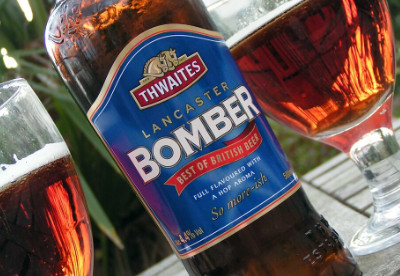
Bomber And A Regular Beer Bottle: Which is better?
When comparing a bomber bottle to a regular 12 oz beer bottle, the choice depends on personal preference and usage. Bomber bottles, typically 22 oz in size, are favored for craft beers, especially limited releases, and are great for sharing due to their larger capacity. On the other hand, 12 oz bottles are more suitable for individual consumption and offer the convenience of enjoying a single serving without the need to share or store excess beer. Ultimately, the decision between bombers and 12 oz bottles comes down to whether you prefer sharing larger quantities of beer or enjoying a single serving at a time.
Additional Considerations
A few other interesting notes around beer bottle types are worth briefly mentioning:
- The origin of the “bomber” terminology is uncertain, but some attribute it to California brewery Anchor Steam who purportedly used hand grenade-like bottles in the 70s and 80s.
- From an environmental perspective, lighter regular beer bottles use less glass and may be easier to recycle. But swing-top bombers create potential for reuse.
Conclusion: Bomber And A Regular Beer Bottle
While regular and bomber beer bottles both contain beer, they provide vastly different experiences. Regular bottles win on affordability and availability. But bomber bottles offer a premium, shareable format ideal for craft brews. With their iconic branding, bombers also leverage unique shapes and materials to elevate the drinking experience. So for beer enthusiasts, bombers are the way to go. For mass market drinkers, regular bottles get the job done. Understanding these key differences allows you to choose the best beer bottle for the occasion.


